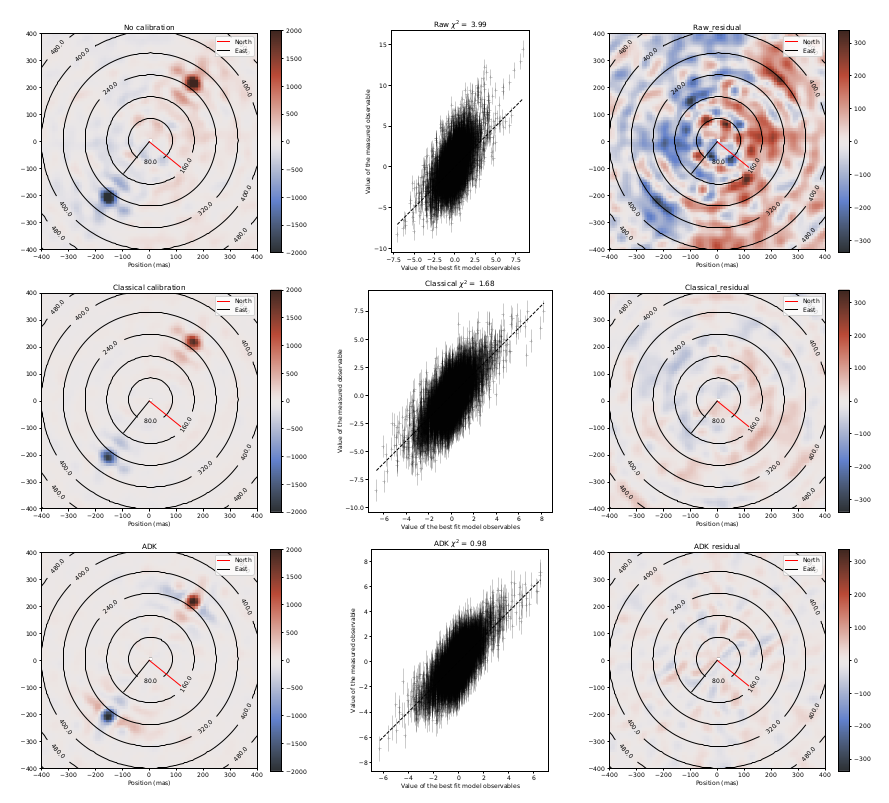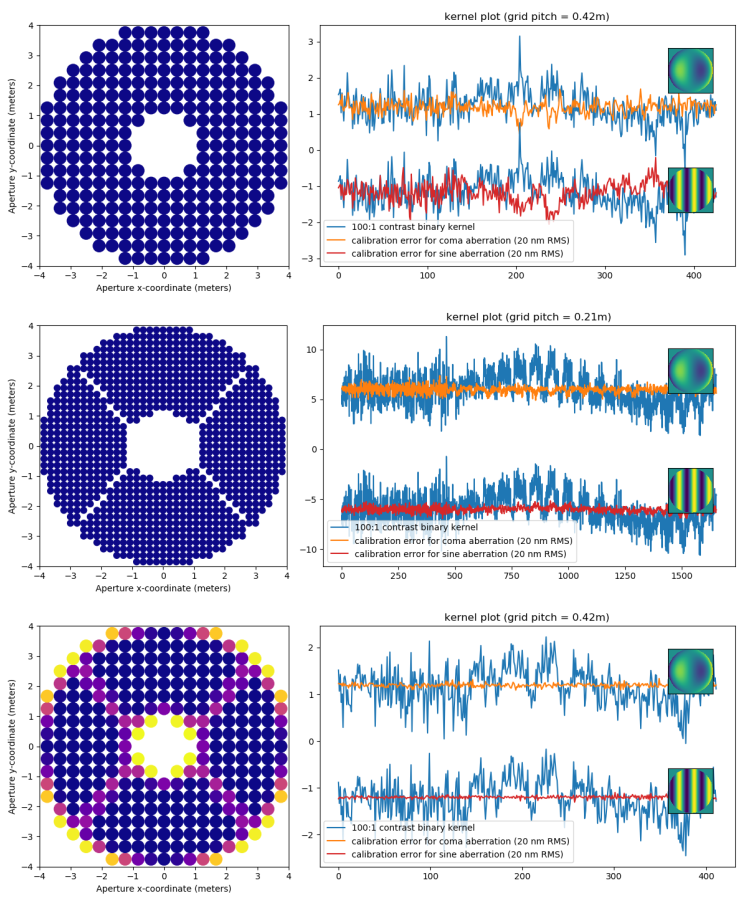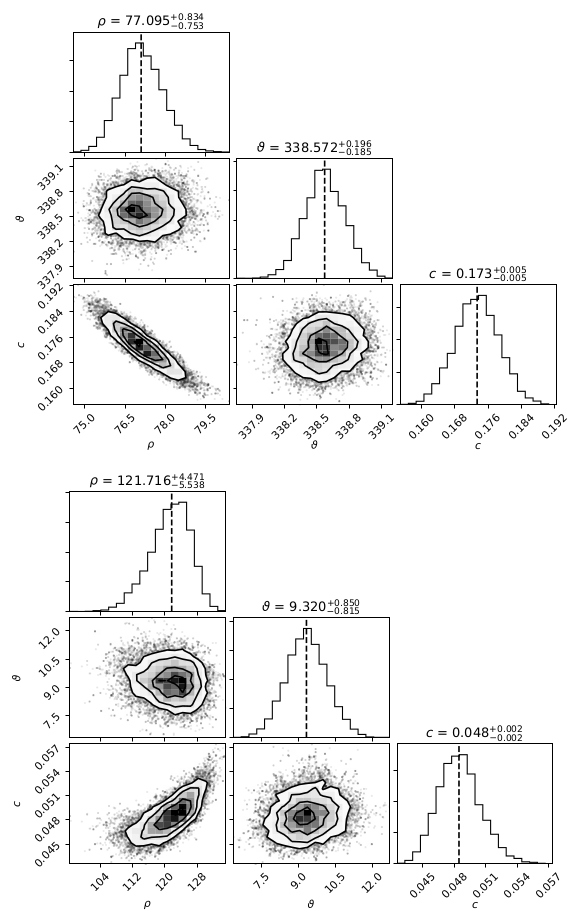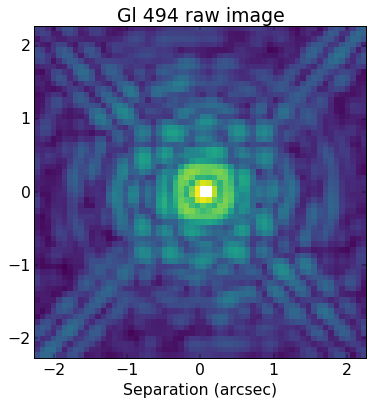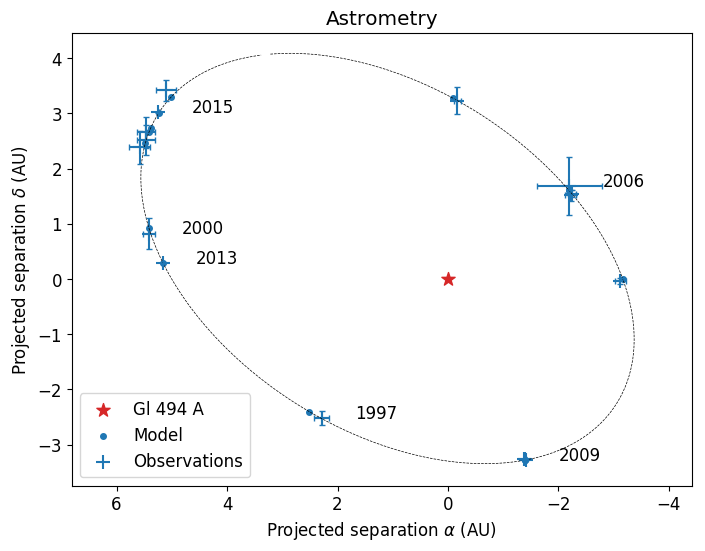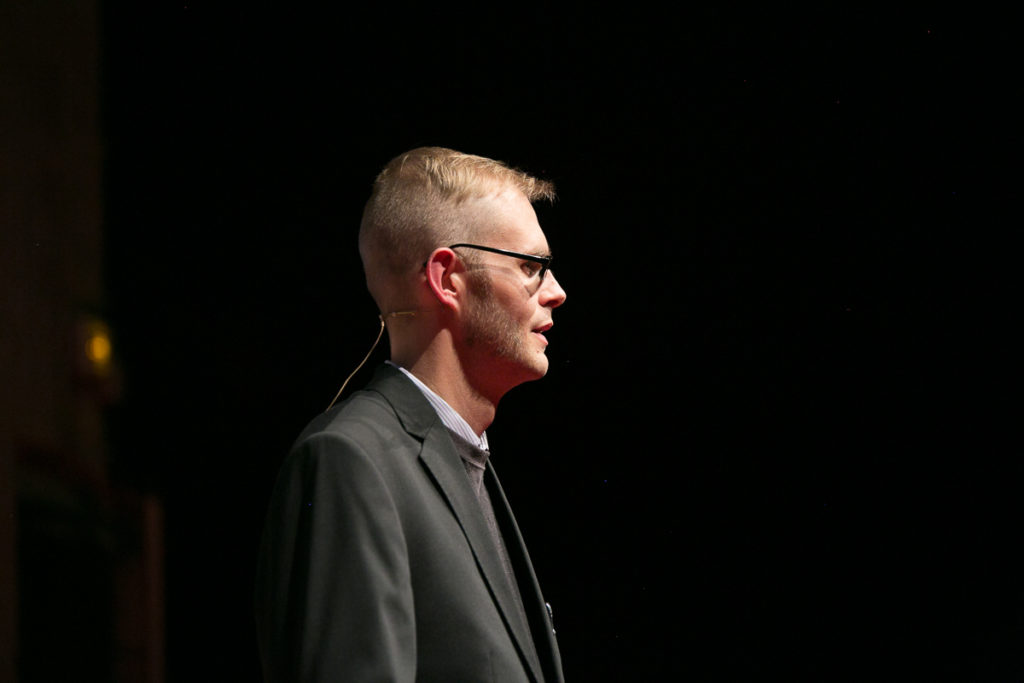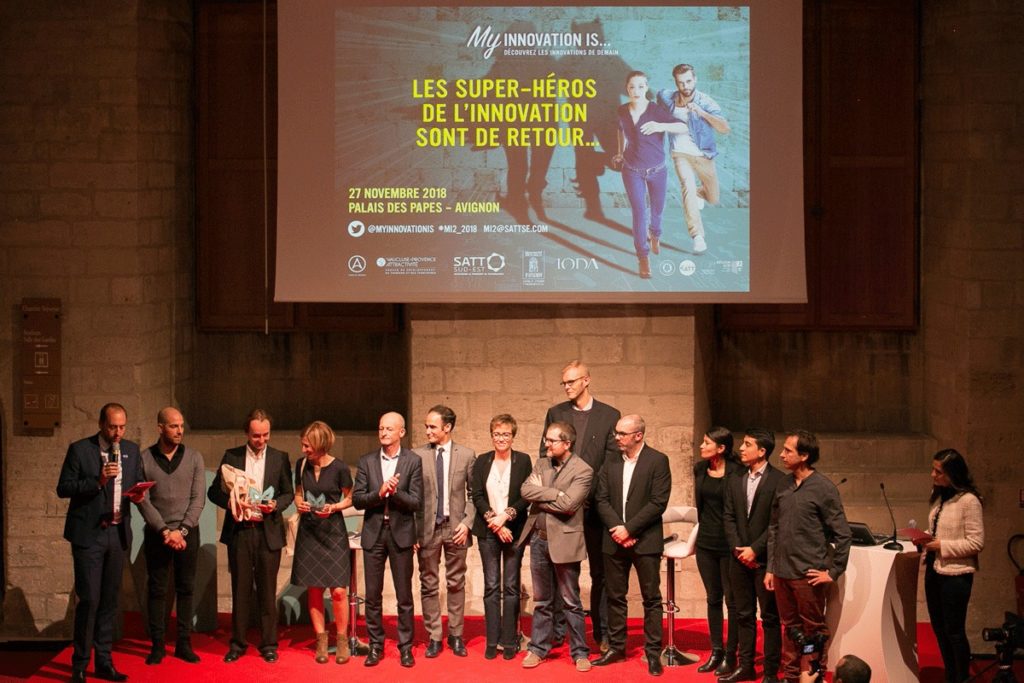This week, the results of the proposal selection for the Cycle 1 General Observers (GO) program with JWST were announced. In total, some 6000 hours of observing time were awarded to a large number of programs. The details of the GO program can be found on the dedicated STScI webpage.
All of that is great news on its own: the community has been waiting for JWST for a while now and now everybody is really getting ready to do the first observations with this amazing observing facility… but the reason I bring this up here is because, of all of these programs, it turns out that three are directly relevant to what we do in the context of the KERNEL project… and have the word “kernel-phase” in their title!
Two of these programs have been awarded their own time.
The first one is called “Multiplicity Survey of 20 Y Dwarfs with NIRCam Kernel Phase Interferometry“. It is a program led by Loïc Albert (Université de Montreal) that greatly benefited from the paper we published in 2019. As a result, no less than 38.8 hours of observing time were awarded to this program, that will use the kernel-phase technique, combined with the detection algorithm outlined in the paper to look for companions around a sample of 20 very cool sub-stellar objects known as Y-dwarfs. Our team will naturally contribute to the analysis of the data, using the kernel-phase pipeline developed over the course of the KERNEL project.
The second project is called “High resolution, high contrast kernel phase imaging with NIRCam“. It is a smaller program of 4.3 hours of observing time, led by Jens Kammerer, a recent PhD graduate (co-supervised by me) who recently joined STScI. Here, the plan is to target one specific object (HIP 75056 A), known to host a 20-30 Jupiter mass brown dwarf companion to fine tune the kernel-phase analysis procedures.
And an archival proposal… already?!
I was also surprised to discover that, although no data obviously already exists, there is already an archival research proposal called “Kernel-Phase Detection Limits for Planet Discovery with JWST” that was awarded to Samuel Factor, from the University of Texas.
Kernel-phase: a new standard?
To see three different projects directly bear the name “kernel-phase” in their title for the first observing programs by one of the most important observing facilities of the decade to come is a very nice thing to witness! To think that out of the 6000 hours of GO time, more than 40 (not even accounting for the commissioning) aim to take full advantage of kernel-phase is humbling.
I guess after having been a very unusual and marginal observing technique for over a decade, the idea is finally making its way through the brains of observers… who see it as a valid alternative to sparse aperture masking interferometry, particularly onboard a space borne telescope. This means that we have approximately one year to make sure that our pipeline and our detection procedures are razor sharp and ready to be used the moment the data becomes available!

